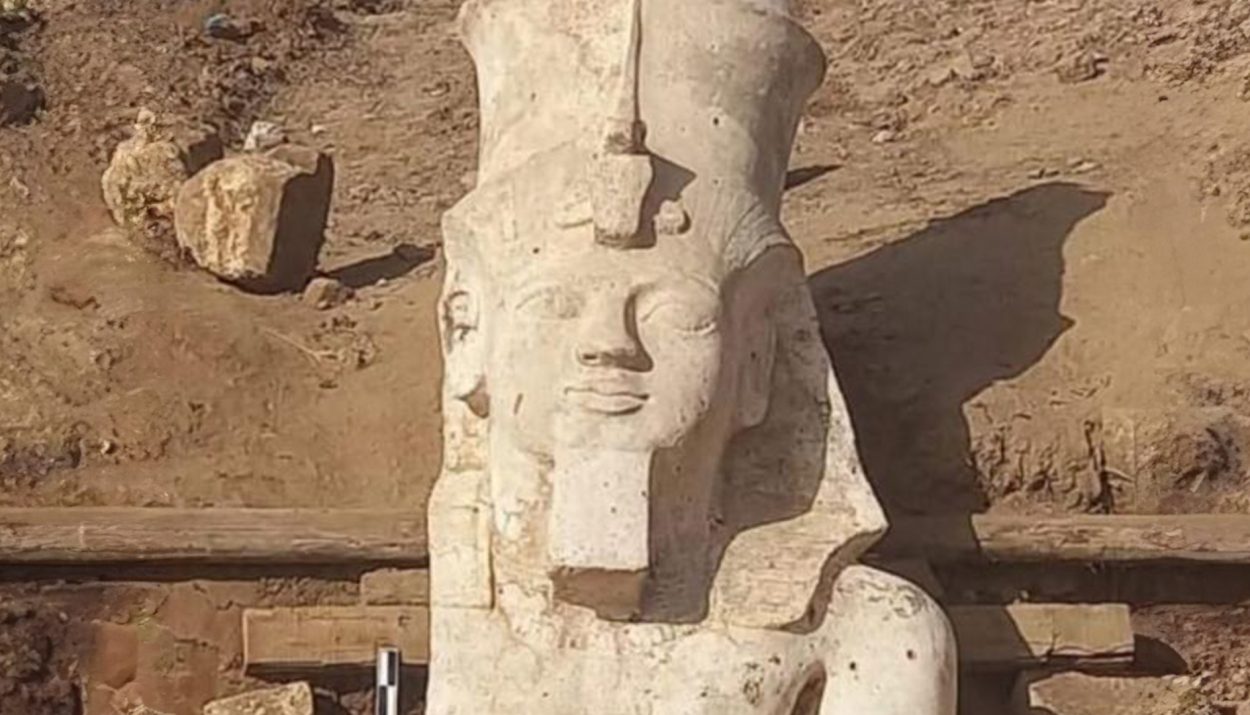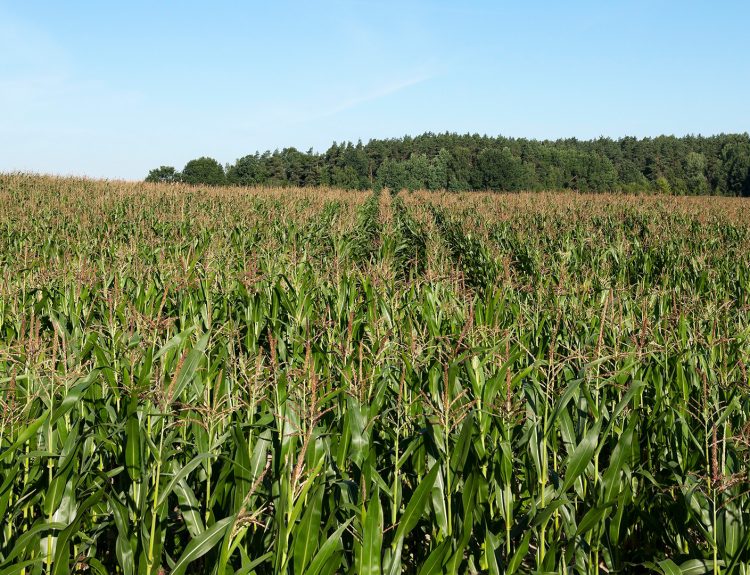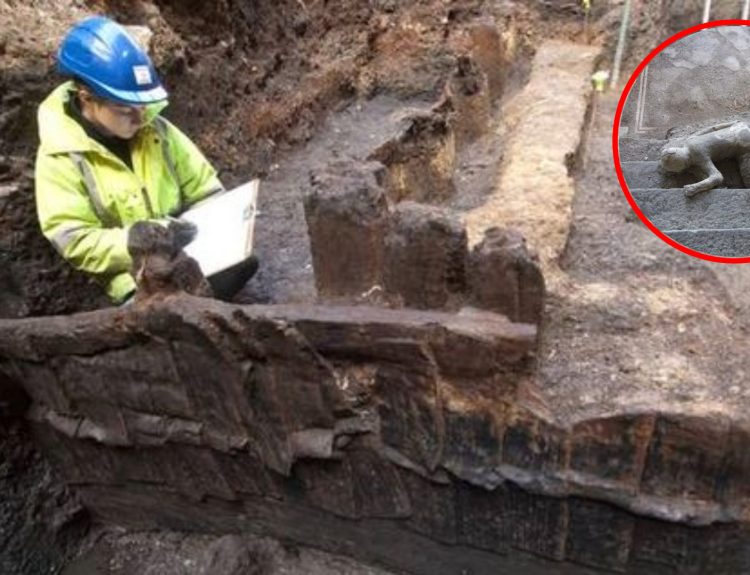If you are a fan of jigsaw puzzles, you know how vexing it is to have a missing piece of the puzzle. That is probably how Gunther Roeder must have felt when he discovered the lower portion of the statue in 1930.
That missing piece – the upper part of the statue – has finally been found 94 years later. When put together, the two pieces of the statue will stand more than 23 feet tall and show the likeness of Pharaoh Ramses II.
Step One: Finding the Lower Half
Gunther Roeder, a Polish-born German archaeologist and Egyptologist was working at an excavation site in the Egyptian city of Minya in 1930 when he made a stunning find. Well, actually half of a stunning find.

It was the bottom half of a large, stone statue measuring nearly 11 feet in height. Further searches in the area where Roeder discovered the statue failed to yield additional pieces to complete the statue. Despite this, Roeder and future archeologists were certain they knew who was depicted in the statue.
Ramses II, the Selfie King of Ancient Egypt
Pharaoh Ramses II, the longest reigning king of ancient Egypt, may have had a bit of an ego. He liked to have statues made in his image. Lots and lots of statues. In fact, he could be called the selfie king of ancient Egypt.
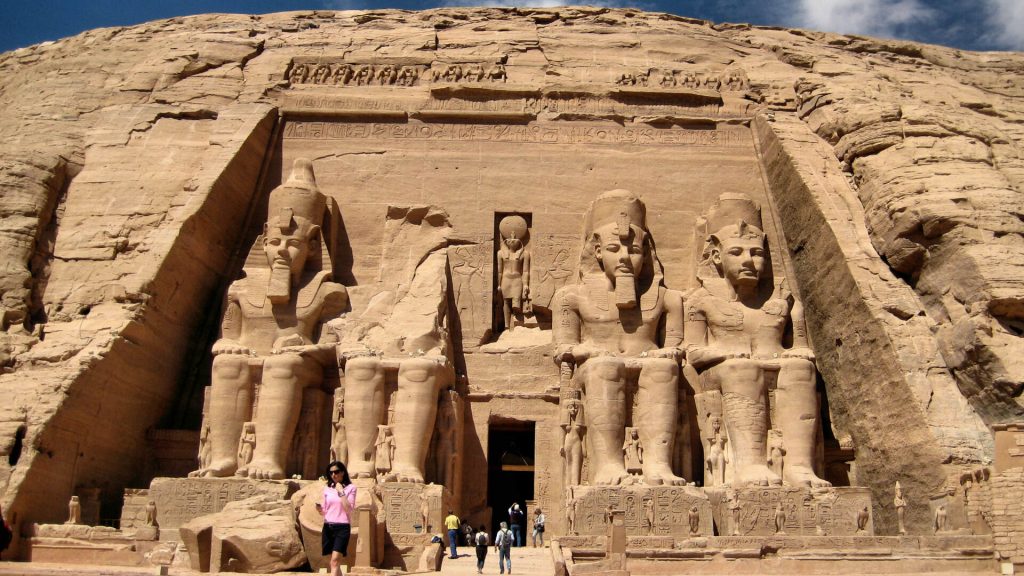
To date, about 350 statues have been found bearing the likeness of Ramses II. In the Egyptian province of Aswan, at the site of the twin temples of Abu Simbel, there are four enormous statues of Ramses II, each standing 65 feet tall, guarding the entrance to the Great Temple.
Some Statues Were Quickly Made
Pharaoh Ramses II commissioned many of the statues in his honor, but creating such large pieces of art takes time. We don’t know if Ramses himself was impatient or if the artists working on the statues were lazy, but we do know that some of the statues were made rather quickly.
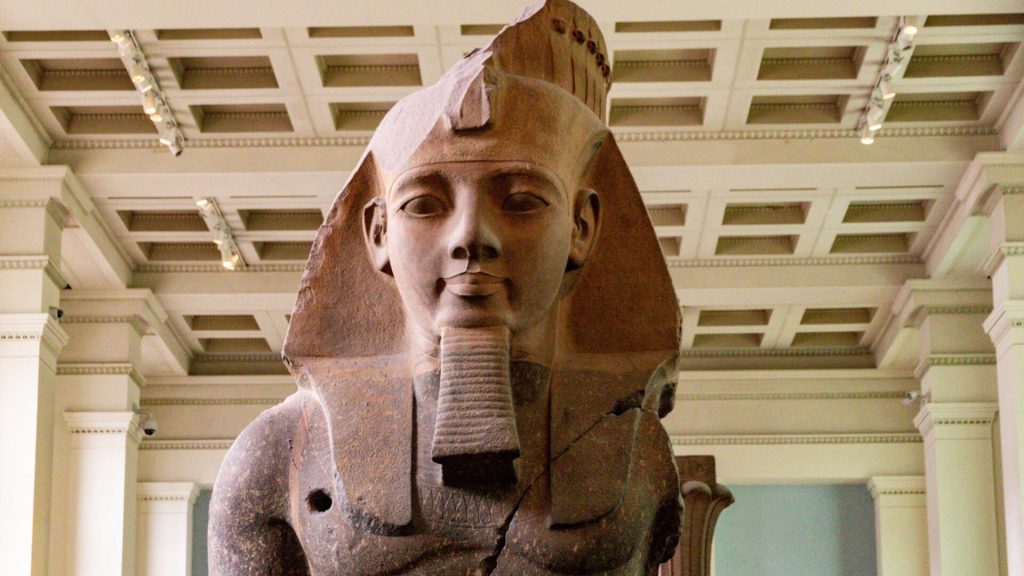
Several of the statues of Pharaoh Ramses II were simply older statues of other pharaohs that had been quickly reworked. An artist chisel Ramses’s likeness from the face of an earlier pharaoh. This accomplished two things. It got more Ramses statues out in a timely manner, and it erased the older pharaohs from existence.
Who Was Ramses II Anyway?
One of the most powerful and well-respected pharaohs of Egypt’s New Kingdom, Ramses II sat on the throne from 1298 to 1235 BC. He was commonly known as Ramses the Great … perhaps another clue to his ego level.
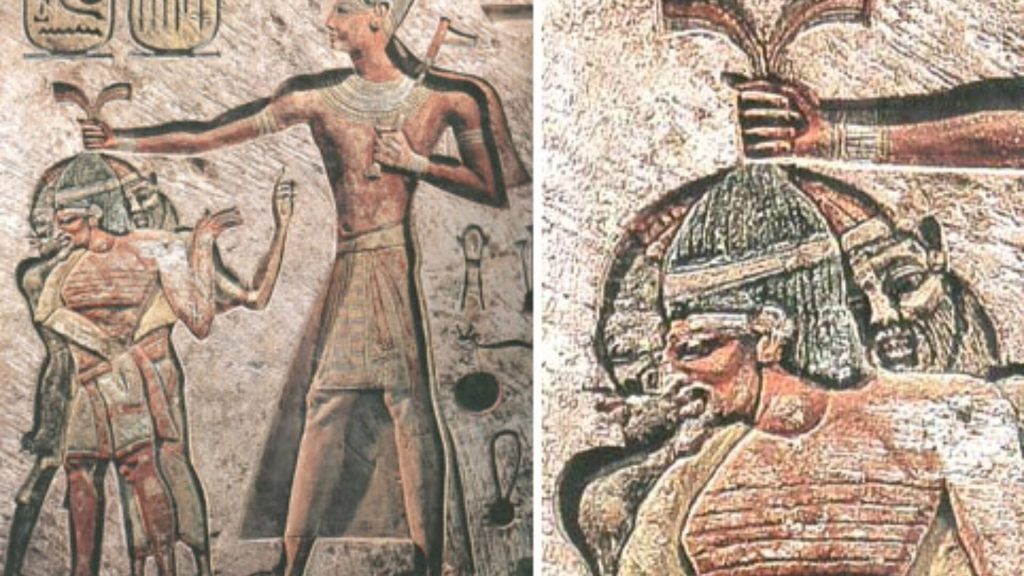
The reign of Ramses is characterized by an uptick in colossal building projects, which included the temples at Abu Simbel, the Ramesseum in Thebes, and additional cities and monuments across Egypt and Nubia.
Ramses II Was a Lover and Fighter
Pharaoh Ramses II had an extensive family. It was believed that he fathered more than 100 children with numerous wives. He even married one of his own daughters.

As a military leader, Ramses was decisive and formidable. Among his best-known military campaigns was his defeat of the Hittites in the Battle of Kadesh, which established Egypt as the powerhouse of the region.
The Tomb of Pharaoh Ramses II
Like many of the pharaohs of ancient Egypt, Ramses II was buried in a tomb in the Valley of the Kings. In fact, it was one of the first tombs dug there and is the largest one in the valley. However, its location was poorly selected.

Ramses II’s tomb experienced seven flooding events that left his 2,250-square-foot tomb in shambles. Since 1817, archaeologists have worked intermittently on clearing the tomb of Ramses II. French archaeologist Christian Leblanc has been working at the tomb since 1993, but there is still much work to be done.
Sacked by Tomb Robbers
So far, the excavations at Ramses II’s tomb have not yielded a treasure trove of valuables like those found in the tomb of Tutankhamun. Most likely, the tomb was sacked by grave robbers long ago. There is even a mention during the reign of Ramses III that his predecessor’s tomb had been robbed.

The sarcophagus of Pharaoh Ramses II, however, has been located. In fact, it is considered one of the most striking royal Egyptian coffins ever found. The sarcophagus and the mummy of the pharaoh can be seen at Cairo’s National Museum of Egyptian Civilization.
Now, About the Other Half of the Statue
Earlier this month, a joint archaeological expedition made up of Egyptian archaeologists from the Ministry of Tourism and Antiquities and American archaeologists from the University of Colorado conducted a dig not far from Minya.
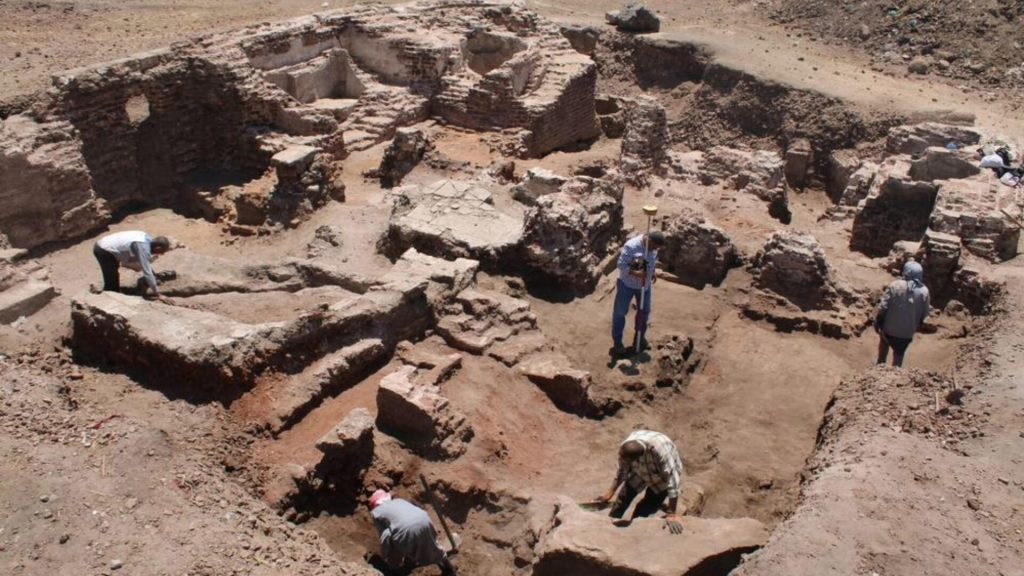
Their excavation took place in the ancient Egyptian city of Hermopolis, near the present-day city of el-Ashmunein. This location is roughly 155 miles south of Cairo and 25 miles south of Minya, where the bottom portion of the statue was found in 1930.
Finding the Missing Puzzle Piece
The missing piece of the statues was located by the joint Egyptian-American research team, led by Basem Gehad, an Egyptian Ministry of Tourism and Antiquities archaeologist, and Yvona Trnka-Amrhein, an associate professor of classics at the University of Colorado.

The upper portion of the statue, which measures more than 12 feet tall, was pulled from the ground. The researchers immediately noticed similarities between this piece and the lower half that was discovered nearly a century ago.
The Head of Ramses II
The newly discovered piece shows the head, shoulders, and upper torso of Pharaoh Ramses II. In the carving, he is wearing a pschent, a type of double crown that represents his rule of all of Egypt. He is also wearing an uraeus, a headdress styled to look like a cobra. This is also a symbol of supreme power.

As Gehad explained, the hieroglyphics on the back of the statue list all the titles bestowed on the pharaoh. He added that these titles were meant to glorify Ramses II.
The Pieces Fit Together
At least scientifically, the two pieces of the statue fit together. An analysis of the limestone used in the statue shows that the two pieces are identical and that there is a high probability that they were once a single stone.
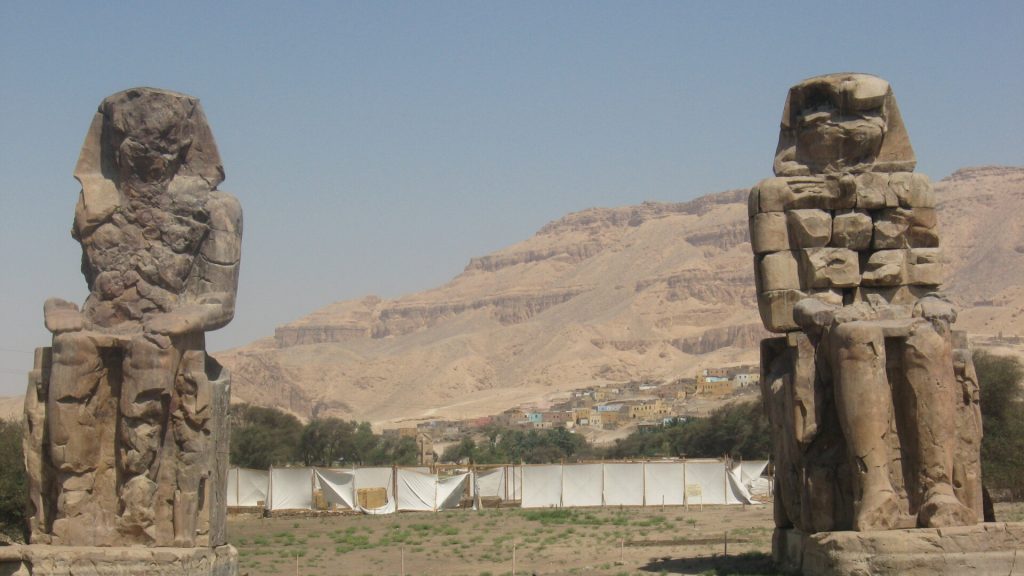
Presently, the newly found portion of the statue is being cleaned and analyzed. When this is complete, it will be reunited with the lower portion. Once the two pieces are put back together, the statue of Ramses II will stand an impressive 23-feet tall.

